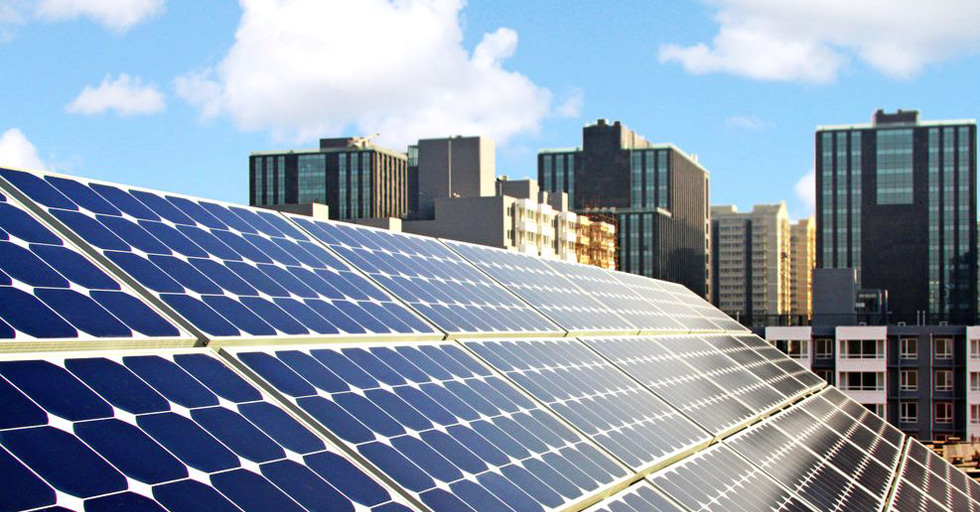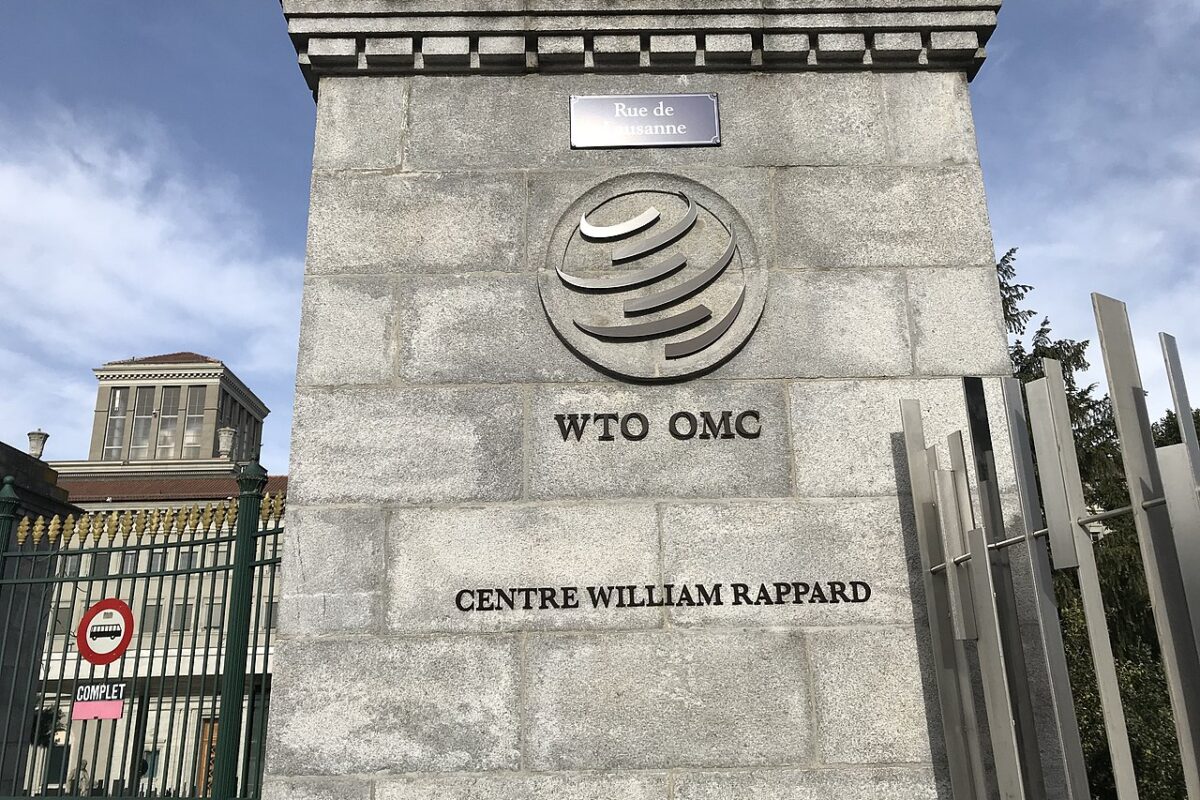In a study commissioned by the EURELECTRIC industry association, DNV GL has found that a financial model proposed by the European Commission could limit the effectiveness of demand response as a way to ensure a reliable and economically stable energy system.
The EU directive aims to stimulate the use of demand response in all member states, by bringing a new player; an aggregator, into the electricity value chain. An aggregator is responsible for combining consumer loads and generated electricity, to be traded on the electricity market.
The criticisms, found in DNV GL’s report Demand Response Activation by Independent Aggregators as Proposed in the Draft Electricity Directive, center on the fact the draft currently prohibits financial compensation to stakeholders who are left at a disadvantage by the independent actions of an aggregator.
The report recommends that EU Member States be allowed to make their own decision regarding demand response compensation, based on their individual market circumstances, and recommends several possible financial models, which DNV GL says would have significant benefits over the current ‘no compensation only’ proposal.
The recommended models include requiring the independent aggregator to compensate the supplier – which would prevent inefficient activations of, placing charges on system users to cover compensation to suppliers or requiring flexible consumers to pay for the amount of energy that would have prevented the need for demand response to be activated.
“The EU is right to encourage the establishment of independent aggregators to enable more people to benefit from demand response,” says Andreas Schröter, DNV GL’s Executive Vice President for Central Europe and the Mediterranean. “Yet by disadvantaging players affected by aggregator-triggered demand response actions, the draft directive effectively makes it possible for aggregators to get a free ride at the expense of others. This could mean consumers are faced with higher tariffs for demand response, limiting its attractiveness and uptake.”
This content is protected by copyright and may not be reused. If you want to cooperate with us and would like to reuse some of our content, please contact: editors@pv-magazine.com.




Retailers would prefer that customers be obligated to pay for energy whether they use it or not. Not a bad deal, if you can get it. Fortunately, the EC is not buying it.